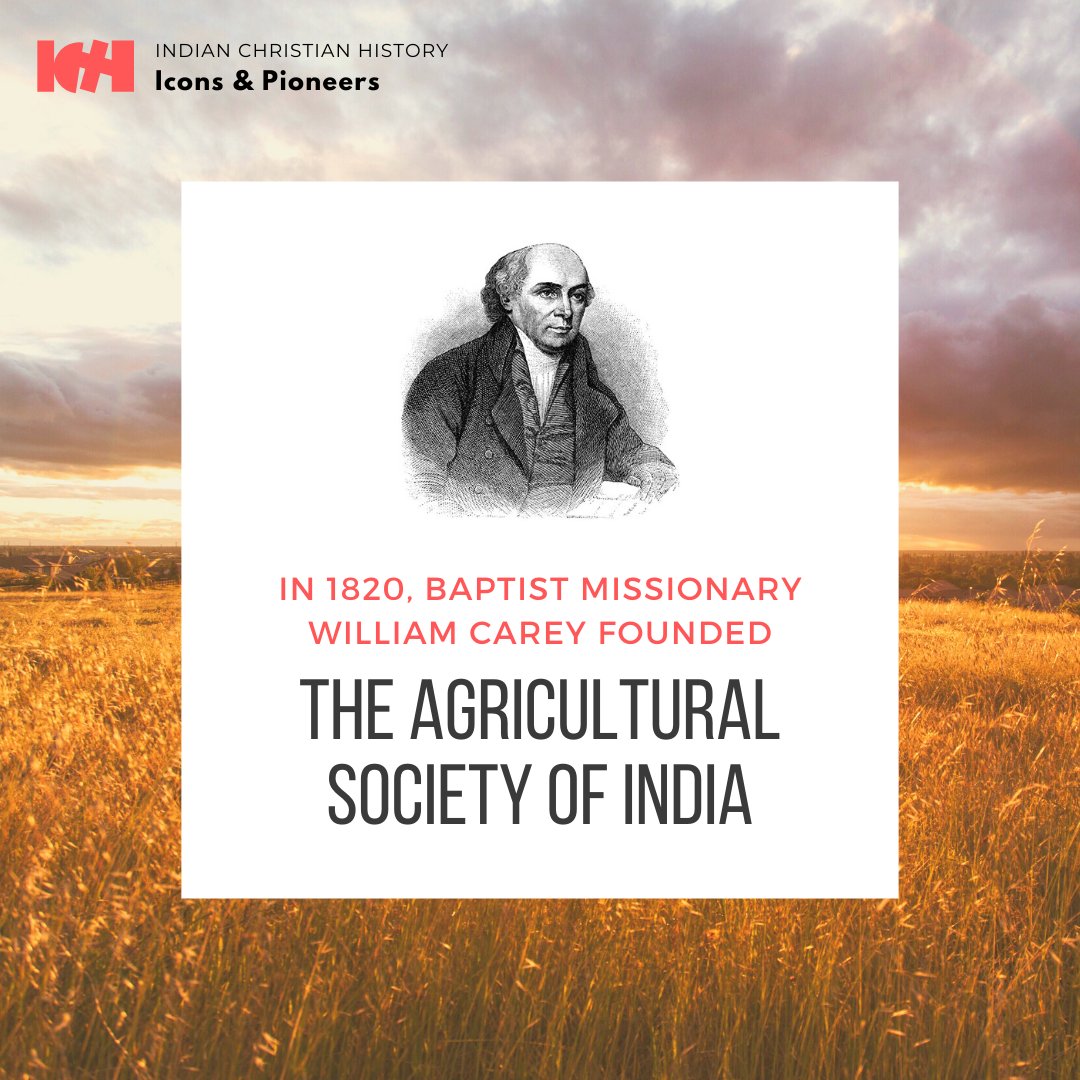
#NationalScienceDay is celebrated to spread a message about the importance of science used in the daily life of the people. The theme for 2021 is “Future of STI: Impact on Education Skills and Work”. Here we remember few pioneers. 1/51 #Thread #NationalScienceDay2021 

Christians furthered the spread of scientific education in India, set up laboratories and natural history museums, worked extensively in areas like botany, astronomy & experimental physics, studied Indian treatises & published scientific periodicals. 2/51 #NationalScienceDay
Fr Wenceslaus P. Kirwitzer (1588–1626): Missionary who observed two comets from India in 1618. Published observations in 1620 in a treatise where he states that he used a “tubo optico”. First recorded use of a telescope in India. 3/51 #NationalScienceDay 

Jean Richaud (1633–1693): Among the first to make astronomical discoveries from India with a telescope. In 1689, he observed that stars α Centauri and α Crucis are in fact double. Taught astronomy at Säo Tomé in Mylapore. #NationalScienceDay 4/51 

• • •
Missing some Tweet in this thread? You can try to
force a refresh






